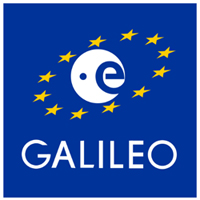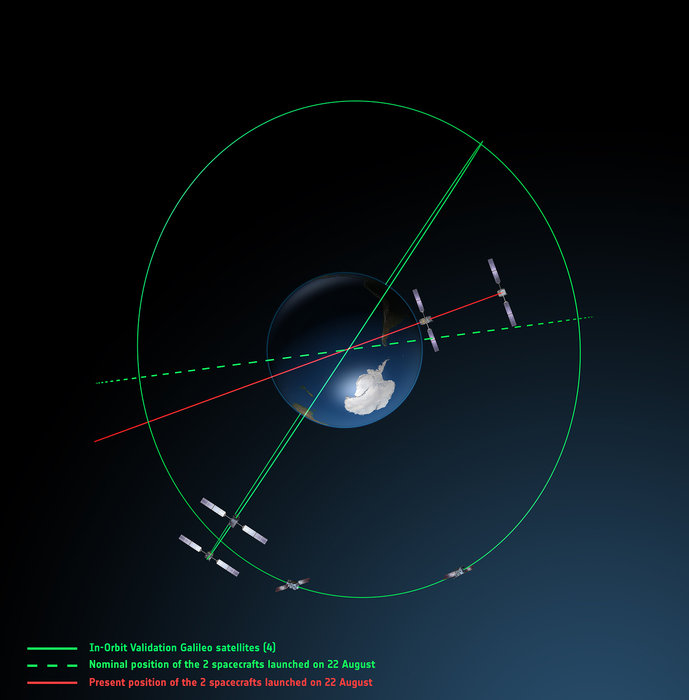
Development of downstream markets, buttressed by regulatory and certification initiatives, underlie a plea for additional funding of Galileo-related research and development in an Action Plan on GNSS Applications issued by the European Commission (EC) on June 14.
Development of downstream markets, buttressed by regulatory and certification initiatives, underlie a plea for additional funding of Galileo-related research and development in an Action Plan on GNSS Applications issued by the European Commission (EC) on June 14.
Described in a “communication” to the European Council and European Parliament, the plan seeks an additional €362 million in the 7th Framework Program for R&D (FP7) to support €100 million annual expenditures for GNSS user equipment and application market development over the next four years. Currently, only €38 million in FP7 funds have been allocated for disbursement in 2011. (See accompanying figure.) The complete Communication can be found here.
In 2008 the EC reprogrammed €400 million from the FP7 budget to
finance development of Europe’s GNSS infrastructure following abandonment of a
public-private partnership (PPP) model in favor of a purely public
implementation of Galileo. That left the commission without
resources for promoting commercial development and downstream markets
for Galileo and EGNOS.
The latest EC communication also outlined plans to seek certification of the European Geostationary Navigation Overlay Service (EGNOS), a space-based augmentation system (SBAS), and later Galileo for use by civil aviation and commercial maritime purposes. These will be pursued through the International Civil Aviation Organization (ICAO) and International Maritime Organization (IMO), respectively.
The adoption of EGNOS in Europe, the U.S. Wide Area Augmentation System (WAAS), and other SBASes in India, China, and Japan will provide continuity of service to SBAS-equipped aircraft from America to Asia, the EC said. EGNOS currently covers Western and Central Europe and will be extended eastwards and southwards in the Mediterranean area.
Maritime transport monitoring and surveillance could be greatly improved by EGNOS and Galileo applications for navigation, including in ports, coastal areas or dangerous shipping lanes such as the English Channel. GNSS is also a key tool for new European traffic monitoring systems (LRIT — Long Range Identification and Tracking).
The EC will also investigate certification of Galileo for advanced driver assistance systems (ADAS) based on the integrity and authentication functions offered by Galileo. This would require the establishment of a certification body and associated procedures to be elaborated in cooperation with vehicle manufacturers, electronics suppliers and road service operators.
The EC says it will also look into altering various regulatory directives to mandate use of GNSS, such as those for tracking long-range and multimodal transportation and tracking dangerous goods, management and control systems for the European Union’s Common Agricultural Policy, and future intelligent transportation system (ITS) applications.
The communication also outlines a variety of “horizontal actions,” such as encouraging its use in surveying, an EU-wide geospatial infrastructure, and combined applications of space-based systems including Galileo, the Global Monitoring for Environment and Security initiative (GMES), and the Global Earth Observation System of Systems (GEOSS).
Support for Galileo/EGNOS equipment manufacturing, GNSS innovation, and support for participation by small- and medium-sized enterprises is also planned.





